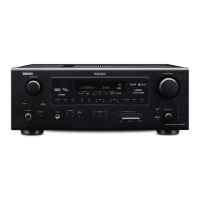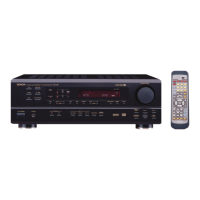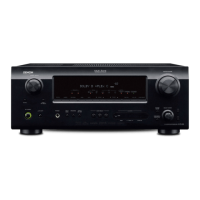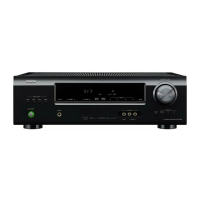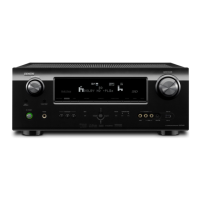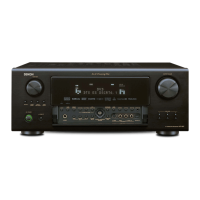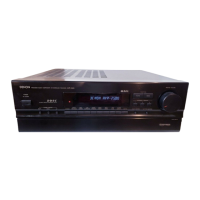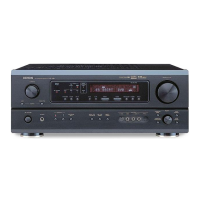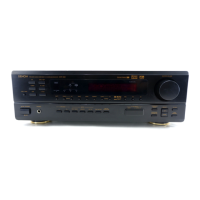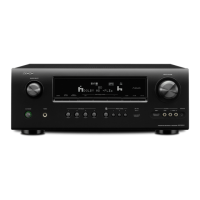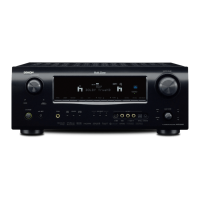Why does my Denon Stereo Receiver have no picture?
- JJoe JohnsonSep 3, 2025
If you're not seeing a picture, consider these possibilities: * Faulty connections: Check the connections between the AVR-688 and monitor. * Incorrect monitor input setting: Set properly. * Incorrect signal conversion: High definition (1080i/720p) and progressive (480p/576p) video signals are not down-converted. Set the player to interlace (480i/576i) signals if using component input connectors with video (yellow) or S-Video output connectors.
